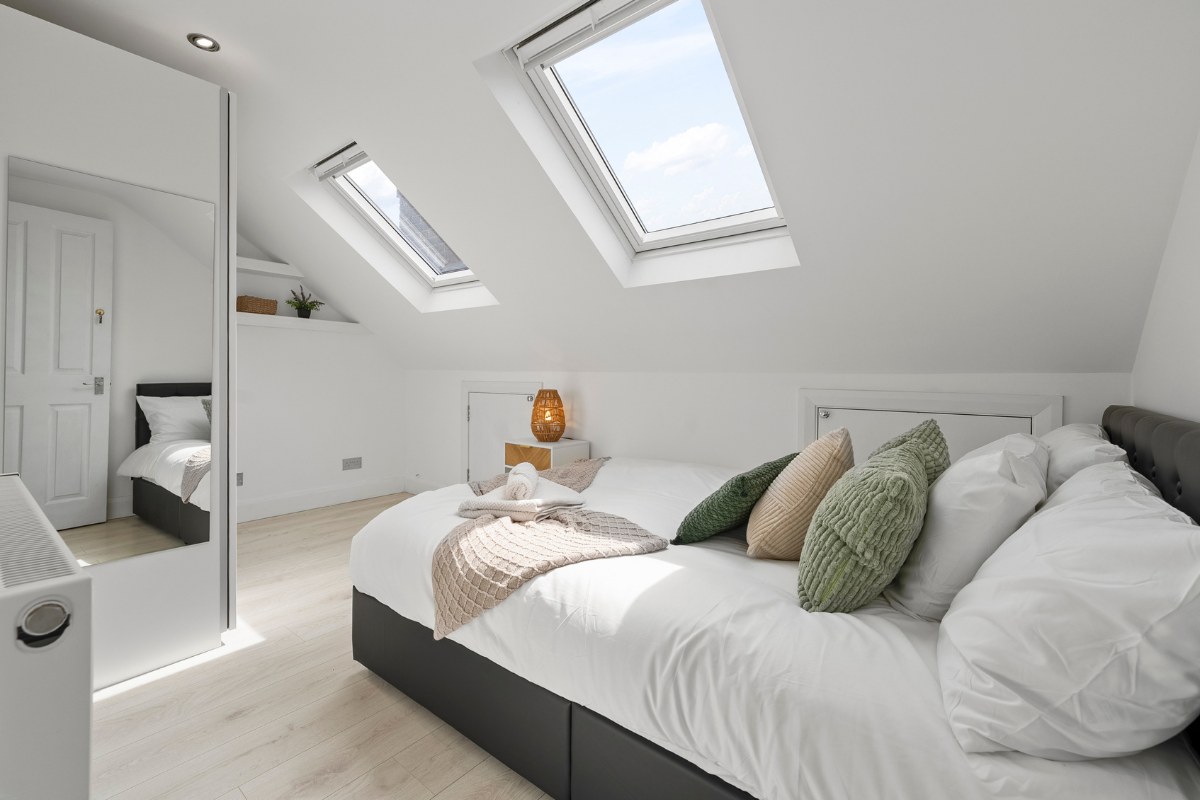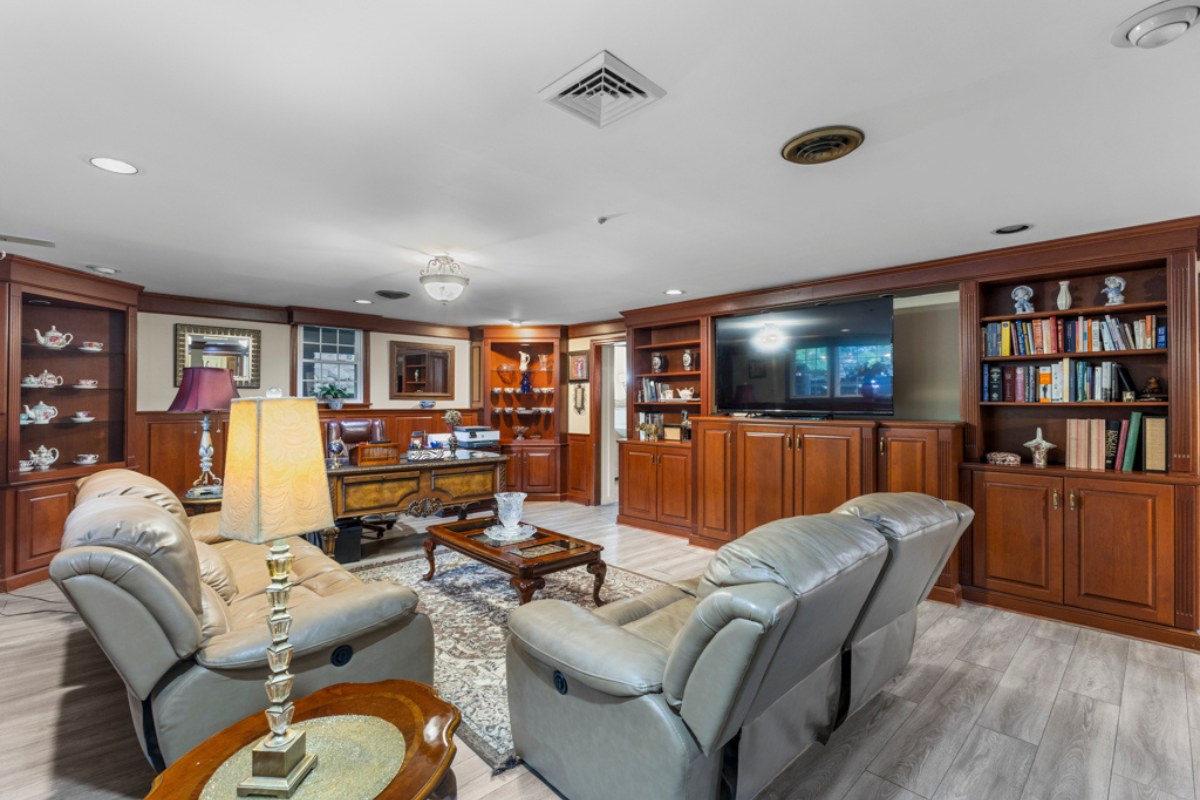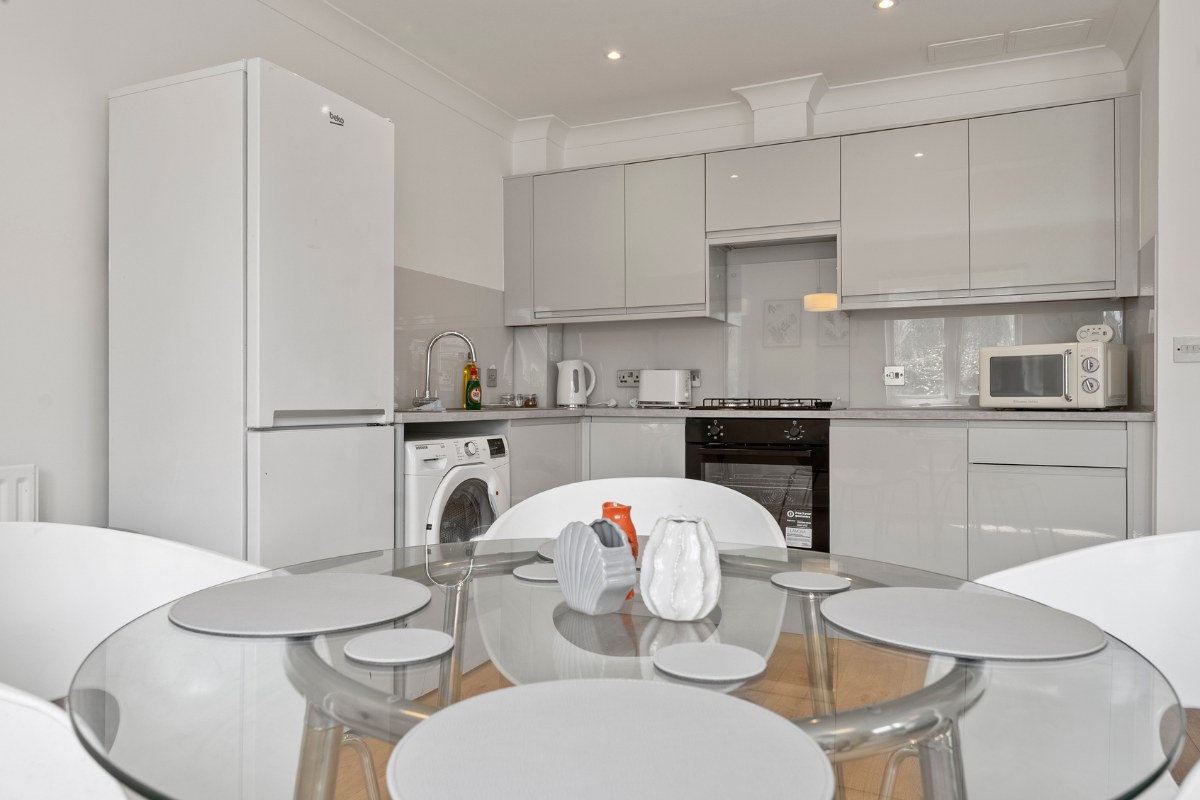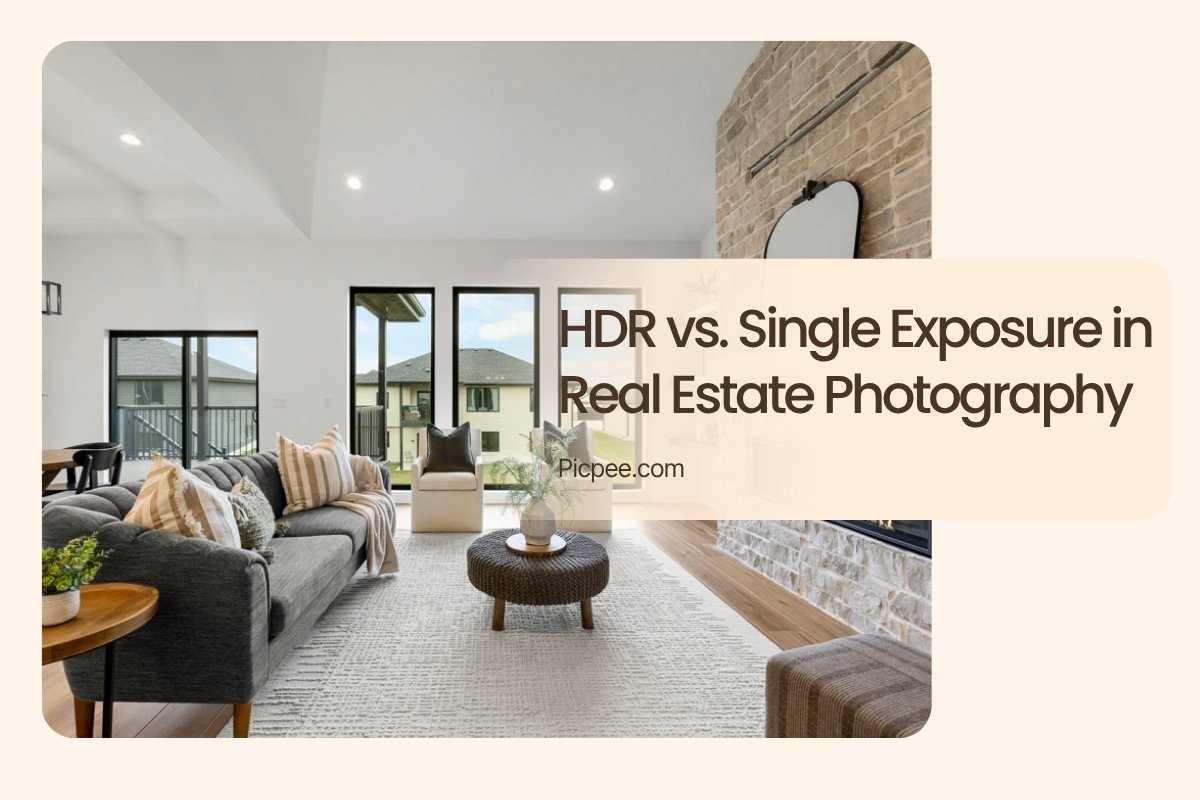In real estate photography, HDR (High Dynamic Range) generally delivers the best results for capturing the full range of light in a room, resulting in balanced, professional images that accurately represent the space. Single exposure can be faster and more "natural," but often struggles with the challenging lighting in homes.
HDR (High Dynamic Range) Photography

HDR involves taking multiple photos (typically 3 to 7) of the same scene at different exposure levels and blending them using software.
|
Advantages
|
Disadvantages
|
|
Balanced Lighting: It expertly handles high-contrast situations, such as bright windows and dark interior shadows, by capturing detail in both areas.
|
Can Look "Fake": If over-processed, images can appear unnatural, overly saturated, or have a "ghosting" effect from movement between shots.
|
|
Accuracy: The resulting images more closely mimic what the human eye sees, showcasing the true look and feel of the space.
|
Time Consuming: Requires multiple shots per scene and additional time for post-processing and blending.
|
|
Showcases Views: It preserves the detail visible through windows, which is a major selling point in many homes.
|
Requires Equipment: A tripod is essential to ensure the multiple images align perfectly.
|
Single Exposure Photography

Single exposure involves capturing the entire scene in one shot, requiring precise camera settings or additional lighting like flash.
|
Advantages
|
Disadvantages
|
|
Fast: The quickest method, both during the shoot and in post-processing.
|
Lighting Challenges: It is very difficult to properly expose both the bright outdoors and the dim indoors in a single shot, often leading to blown-out windows or dark interiors.
|
|
Natural Look: Single shots often look more realistic and less "processed" if done correctly.
|
Less Detail: In harsh lighting, details are lost in either the highlights or the shadows.
|
|
Simpler Equipment: A tripod isn't strictly necessary, offering more flexibility.
|
Requires Expertise/Gear: Achieving good results often demands advanced knowledge of flash photography and off-camera lighting techniques, which can be complex.
|
Practical Tips: When to Use HDR vs. Single Exposure
When to Use HDR

-
High-Contrast Interiors: Rooms with large windows or glass doors where sunlight creates bright highlights and dark shadows. HDR ensures both areas are properly exposed.
-
Showcasing Views: If the property has scenic views visible through windows, HDR preserves the detail outside without overexposing the interior.
-
Twilight or Evening Shots: Low-light interiors with artificial lighting benefit from HDR to balance multiple light sources naturally.
-
Complex Lighting Scenarios: Kitchens or living rooms with mixed natural and artificial light often need HDR for accurate color and brightness.
When Single Exposure Works Best

-
Well-Lit Interiors: Rooms with uniform natural light and minimal shadows can be captured accurately in a single shot.
-
Quick Turnaround Needed: Single exposure is faster for shoots where time is limited or when processing multiple images quickly.
-
Professional Flash Setup: When using off-camera flash or continuous lighting to evenly light a room, single exposure can produce excellent results.
-
Exterior Shots on Even Days: Outdoors during overcast weather or shaded areas, a single exposure often captures the scene well without HDR.
Pro Tip
-
Combine Techniques: Some photographers use a mix—HDR for challenging rooms and single exposure for simple, evenly lit spaces. This approach saves time while maintaining consistent quality across a listing.
-
Post-Processing: Always review your images for color balance, straight lines, and natural tones regardless of HDR or single exposure. Subtle editing ensures photos remain realistic and appealing to buyers.
Conclusion
Choosing between HDR and single exposure in real estate photography depends on your environment, lighting conditions, and goals. HDR works best for high-contrast scenes where both interior and exterior details need balance, while single exposure excels in evenly lit, controlled spaces for clean, natural results. A skilled photographer often combines both methods strategically—using HDR for complex lighting and single exposure for simplicity and efficiency. Mastering when and how to use each approach ensures consistent, high-quality property photos that attract serious buyers.
 Single Exposure
Single Exposure Room Cleaning
Room Cleaning Reels
Reels Blended Brackets (HDR)
Blended Brackets (HDR) Changing Seasons
Changing Seasons Slideshows
Slideshows Flambient
Flambient Water in Pool
Water in Pool Individual
Individual 360° Image Enhancement
360° Image Enhancement Lawn Replacement
Lawn Replacement Team
Team Virtual Staging
Virtual Staging Rain to Shine
Rain to Shine Add Person
Add Person Remodel
Remodel Custom 2D
Custom 2D Remove Person
Remove Person 360° Image
360° Image Custom 3D
Custom 3D Background Replacement
Background Replacement Day to Dusk
Day to Dusk Property Video
Property Video Cut Outs
Cut Outs Day to Twilight
Day to Twilight Walkthrough Video
Walkthrough Video Change color
Change color 1–4 Items
1–4 Items




